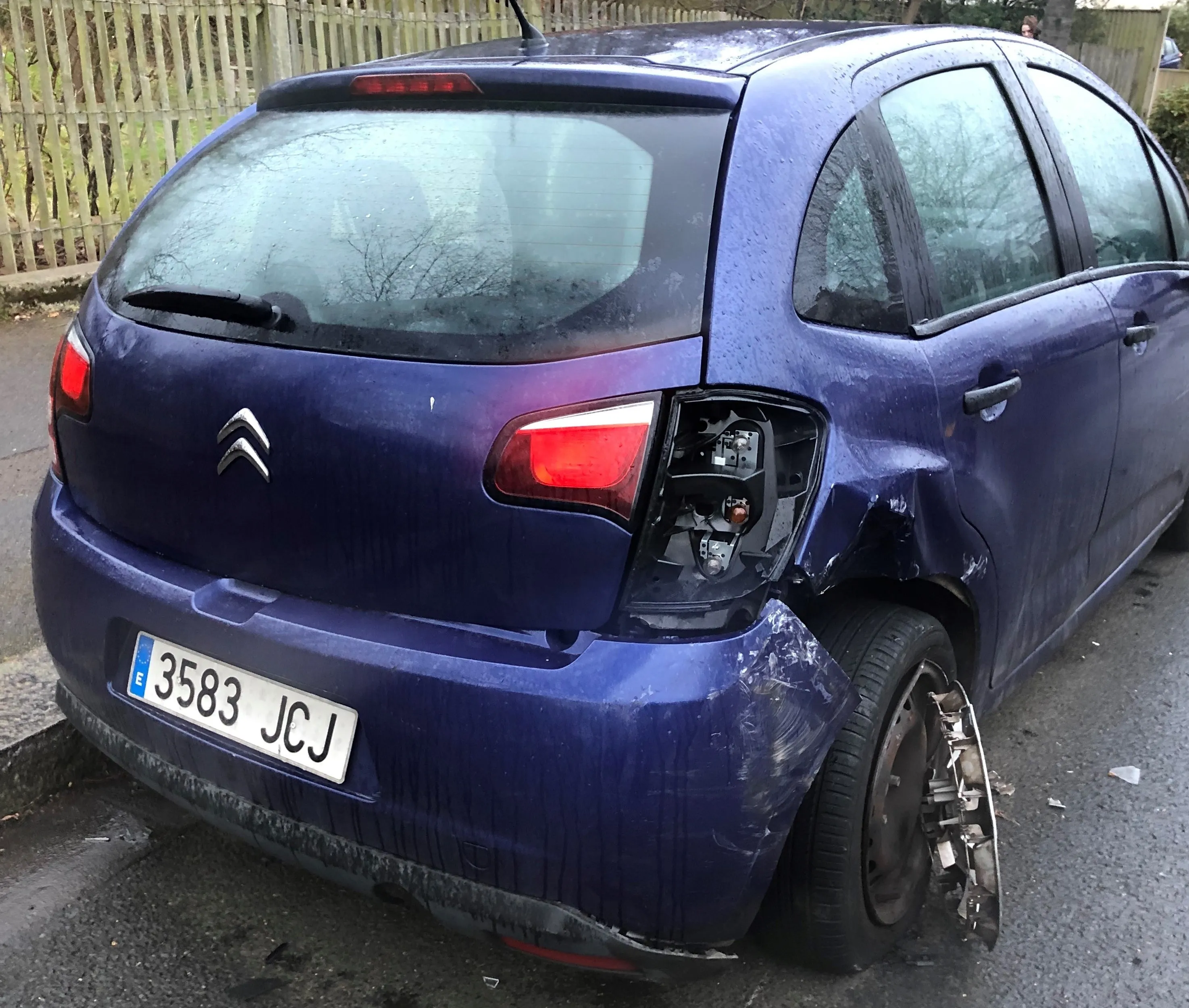Carmaker Volvo is well known for the safety features it fits to its vehicles. However, one of the latest failed spectacularly at a recent demonstration in front of the motoring press. The demonstration was supposed to show how the automatic braking system ensures that the new Volvo models will be able to reduce the risk of accidents. The car was driven at the rear of a truck and was supposed to come to an emergency stop but instead ploughed straight into the vehicle, resulting in wry smirks amongst the asse
February 22, 2012
Read time: 1 min

Carmaker Volvo is well known for the safety features it fits to its vehicles. However, one of the latest failed spectacularly at a recent demonstration in front of the motoring press. The demonstration was supposed to show how the automatic braking system ensures that the new Volvo models will be able to reduce the risk of accidents. The car was driven at the rear of a truck and was supposed to come to an emergency stop but instead ploughed straight into the vehicle, resulting in wry smirks amongst the assembled press. The fault was blamed on a flat battery that foiled the vehicle's sophisticated electronics. The car, Volvo's new S60 model, is now available. Whether or not new owners will find the automatic braking system more reliable, remains to be seen.








